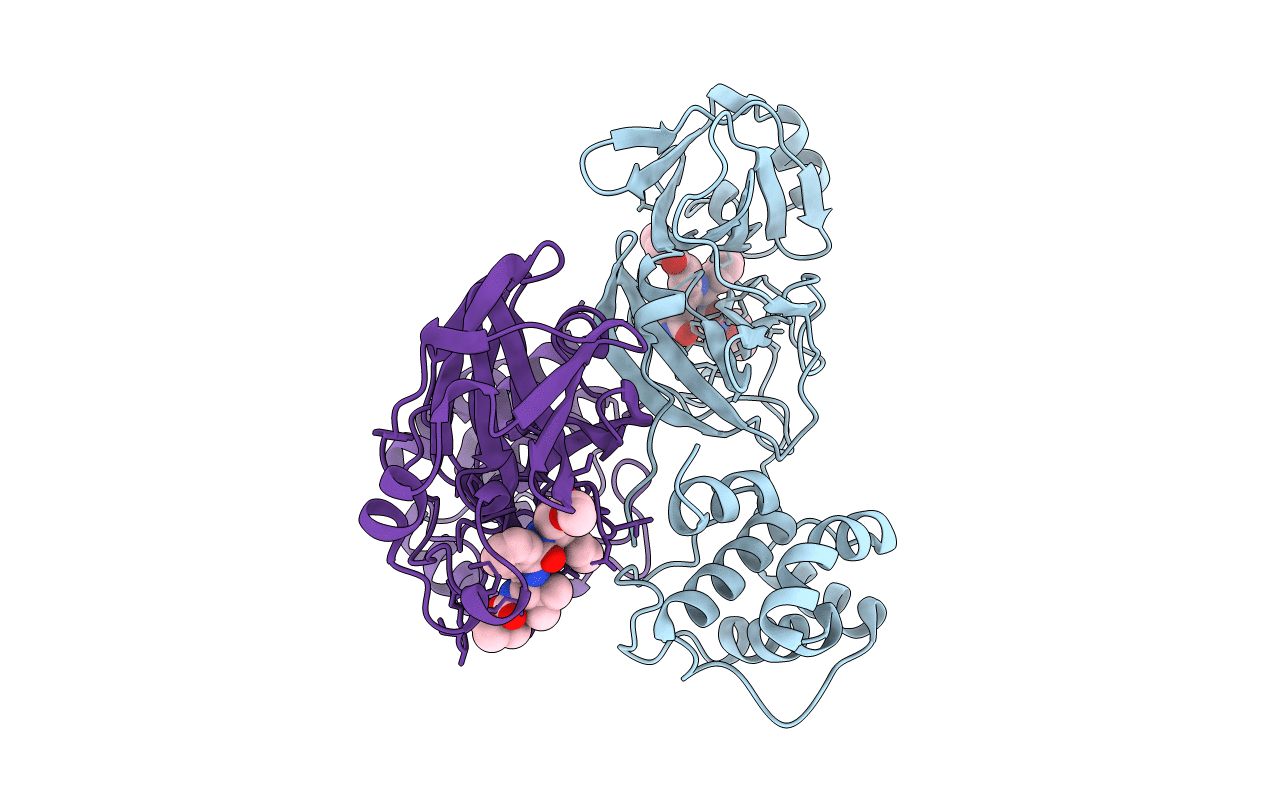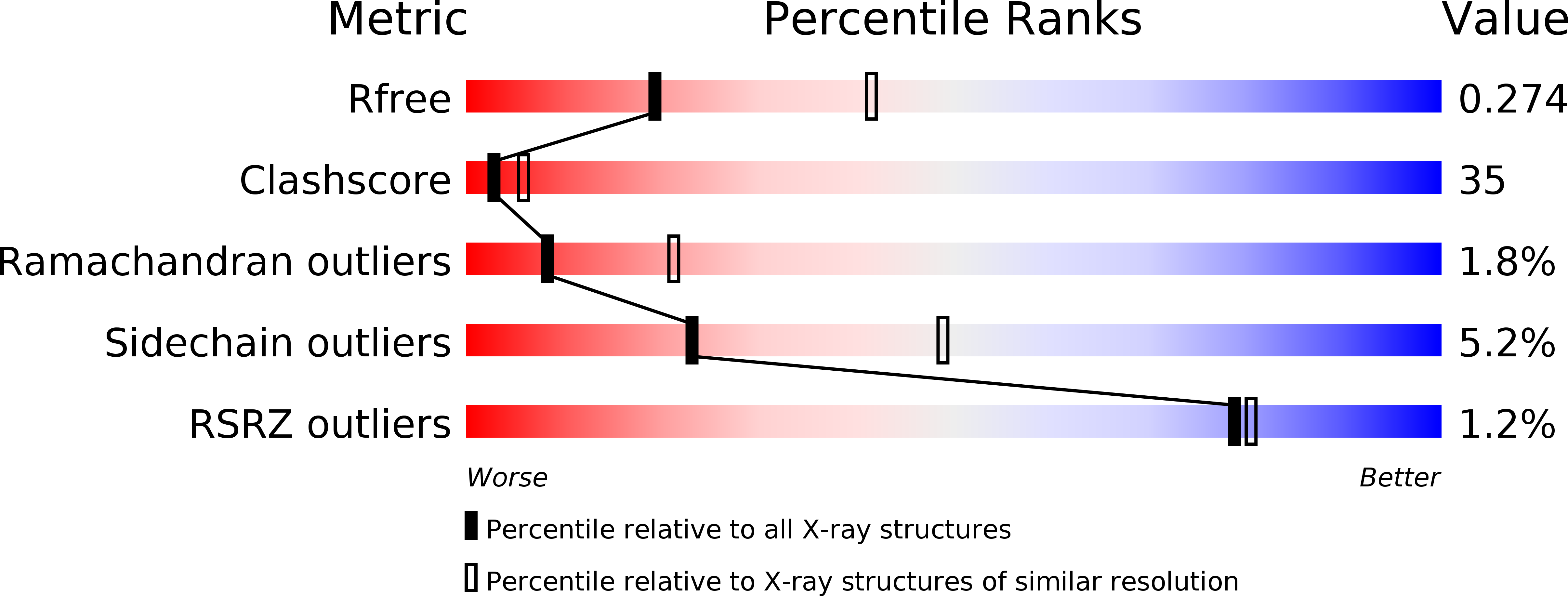
Deposition Date
2005-09-08
Release Date
2005-09-20
Last Version Date
2024-11-20
Entry Detail
PDB ID:
2D2D
Keywords:
Title:
Crystal Structure Of SARS-CoV Mpro in Complex with an Inhibitor I2
Biological Source:
Source Organism:
SARS coronavirus (Taxon ID: 227859)
Host Organism:
Method Details:
Experimental Method:
Resolution:
2.70 Å
R-Value Free:
0.28
R-Value Work:
0.20
R-Value Observed:
0.21
Space Group:
P 1 21 1


